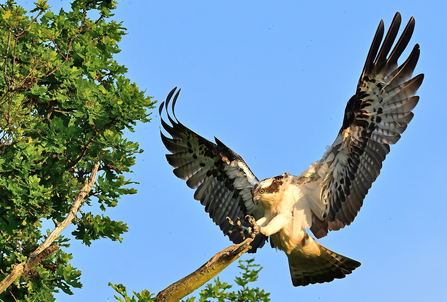Spring officially sprung on March 1st. For me though, the vernal season doesn't truly get into gear until April. That's when the birds that we classify as 'spring migrants' and/or 'summer visitors' really start to show up, fresh from their winter recess. Which prompts a question somewhere in my head; does a returning swallow think of the UK as home? With Africa as it's annual winter retreat? Or...is the sub-Saharan territory the swallow's home and Staffordshire, for example, just it's summer-camp (for raising the next generation), a mere 6,000 miles to the north? Only Dr. Doolittle could know the answer to that one. What I do know, however, is that there are around 50 species of our feathered friends which qualify as being 'spring/summer visitors'. Here are a few such birds to look out for, right here in Staffordshire...
"Oh to be in England now that April’s there." ~ Robert Browning














